 2012 saw the launch of the Dance Again Foundation, a charity which was created specifically to provide support and advice for professional dancers to help them return to the stage post-injury. Through its work, the Foundation aims to help each dancer manage each injury they have, and even prevent minor injuries develop into major ones through early intervention and enhanced rehabilitation. The injury does not have to have a dance-related cause: for many dancers who have experienced injury through accident, the Dance Again Foundation works to help dancers access the appropriate treatment and therapy to enable them to return to dance.
2012 saw the launch of the Dance Again Foundation, a charity which was created specifically to provide support and advice for professional dancers to help them return to the stage post-injury. Through its work, the Foundation aims to help each dancer manage each injury they have, and even prevent minor injuries develop into major ones through early intervention and enhanced rehabilitation. The injury does not have to have a dance-related cause: for many dancers who have experienced injury through accident, the Dance Again Foundation works to help dancers access the appropriate treatment and therapy to enable them to return to dance.
Luckily for dancers everywhere, the Dance Again Foundation has been able to establish a firm financial base over the last 12 months in order to help dancers achieve optimum recovery with the goal of enabling them to return to their career. The dance community is able to assist this work by becoming involved with fundraising and publicising the charity’s work, and dance teachers are able to particularly assist, making sure their students are aware of the Foundation’s existence. Seeking assistance for injuries, however small, can be made much easier. Several low-key fundraisers are planned for 2013 in addition to corporate sponsorship and other sources of fundraising being investigated. A large-scale gala concert is also being organised for the spring, and a line of dancewear and accessories for male dancers is also being designed.
The Dance Again Foundation initially came into being through the experience of one particular family, whose son was an apprentice with Bern:Ballett, and the Dance Again Foundation was able to assist with addressing the financial and facilitating situations of the family. Dancers dealing with these problematic injuries may find the finances and facilities are limited, yet the Dance Again Foundation works to ensure the dancer will be able to dance again.

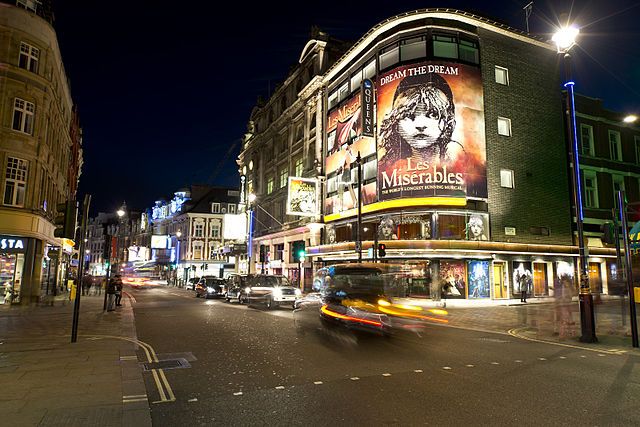
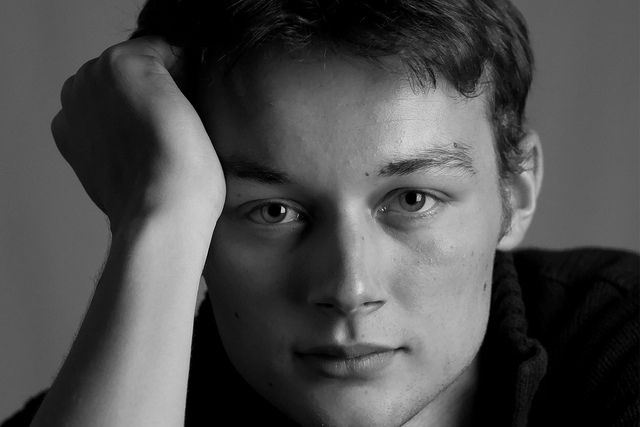
 With 2013 marking The Place’s 43rd anniversary, it was the opening of The Place theatre and the London Contemporary Dance School that saw a distinctly British school of modern dance. Although Robert Cohan may not have been the first person to teach or perform contemporary dance in the UK, he was the first to do it with a vision. As a dance partner of Martha Graham, one of the mothers of American modern dance, Cohan came to the UK from the US in 1967 and set in motion the careers of many of the UK’s most influential choreographers, from Richard Alston and Siobhan Davies to West End veteran Anthony Van Laast. Beginning humbly by teaching Graham technique to students, actors and artists who had little formal dance training, they were soon performing Cohan’s choreography as LCDT.
With 2013 marking The Place’s 43rd anniversary, it was the opening of The Place theatre and the London Contemporary Dance School that saw a distinctly British school of modern dance. Although Robert Cohan may not have been the first person to teach or perform contemporary dance in the UK, he was the first to do it with a vision. As a dance partner of Martha Graham, one of the mothers of American modern dance, Cohan came to the UK from the US in 1967 and set in motion the careers of many of the UK’s most influential choreographers, from Richard Alston and Siobhan Davies to West End veteran Anthony Van Laast. Beginning humbly by teaching Graham technique to students, actors and artists who had little formal dance training, they were soon performing Cohan’s choreography as LCDT.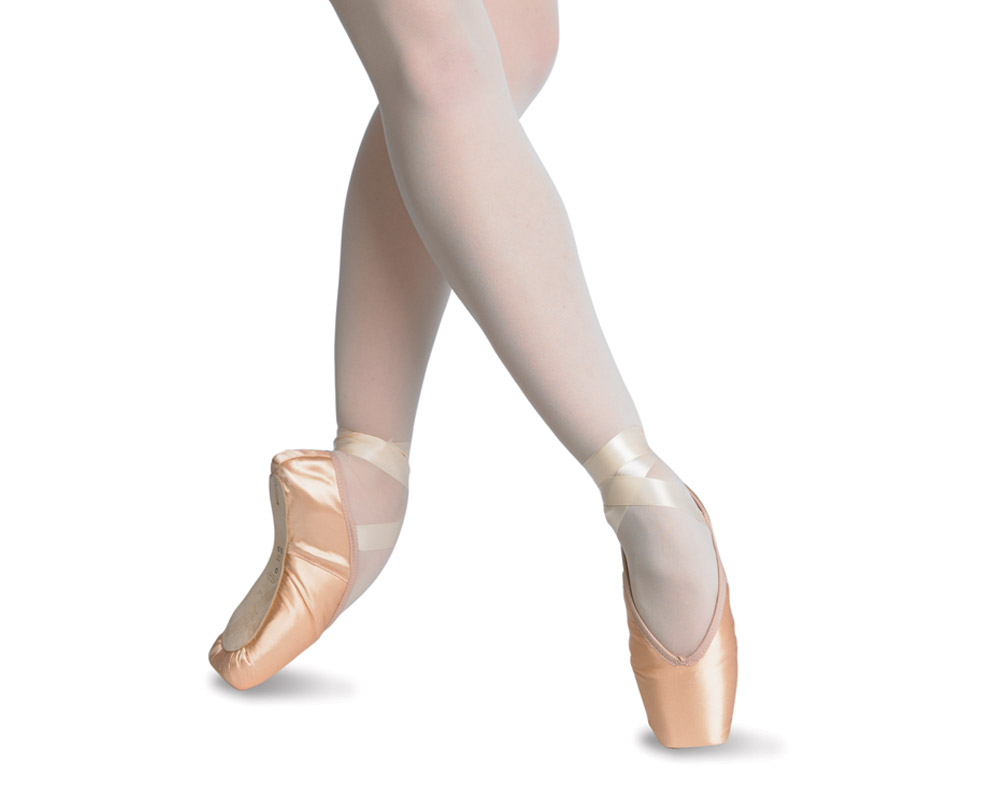
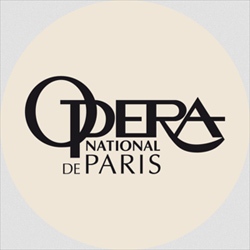 It has been announced that the Paris Opera Ballet will be taken over by Benjamin Millepied, the choreographer and a former principal at New York City Ballet, in September 2014. The previous director, Brigitte Lefèvre, will retire at the end of the 2013-14 season after nearly ten years at the top.
It has been announced that the Paris Opera Ballet will be taken over by Benjamin Millepied, the choreographer and a former principal at New York City Ballet, in September 2014. The previous director, Brigitte Lefèvre, will retire at the end of the 2013-14 season after nearly ten years at the top.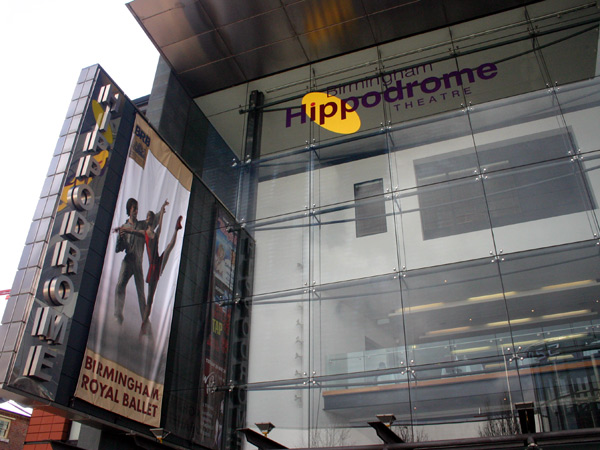

 January 22 2013 marked the birthday of Giorgi Melitonovitch Balachivadze, otherwise known to ballet and dance fans all over the world as George Balanchine, born in 1904 in St. Petersburg, Russia. Balanchine, as the co-founder of the New York City Ballet and one of the greatest choreographers of modern ballet, created the aesthetic we can recognise in theatres today, with costumes of often just leotards, tights and shoes. Other works, such as Jewels, are more classical in taste, but still echoes the Balanchine style and legacy throughout the dance sector in the twenty-first century.
January 22 2013 marked the birthday of Giorgi Melitonovitch Balachivadze, otherwise known to ballet and dance fans all over the world as George Balanchine, born in 1904 in St. Petersburg, Russia. Balanchine, as the co-founder of the New York City Ballet and one of the greatest choreographers of modern ballet, created the aesthetic we can recognise in theatres today, with costumes of often just leotards, tights and shoes. Other works, such as Jewels, are more classical in taste, but still echoes the Balanchine style and legacy throughout the dance sector in the twenty-first century.